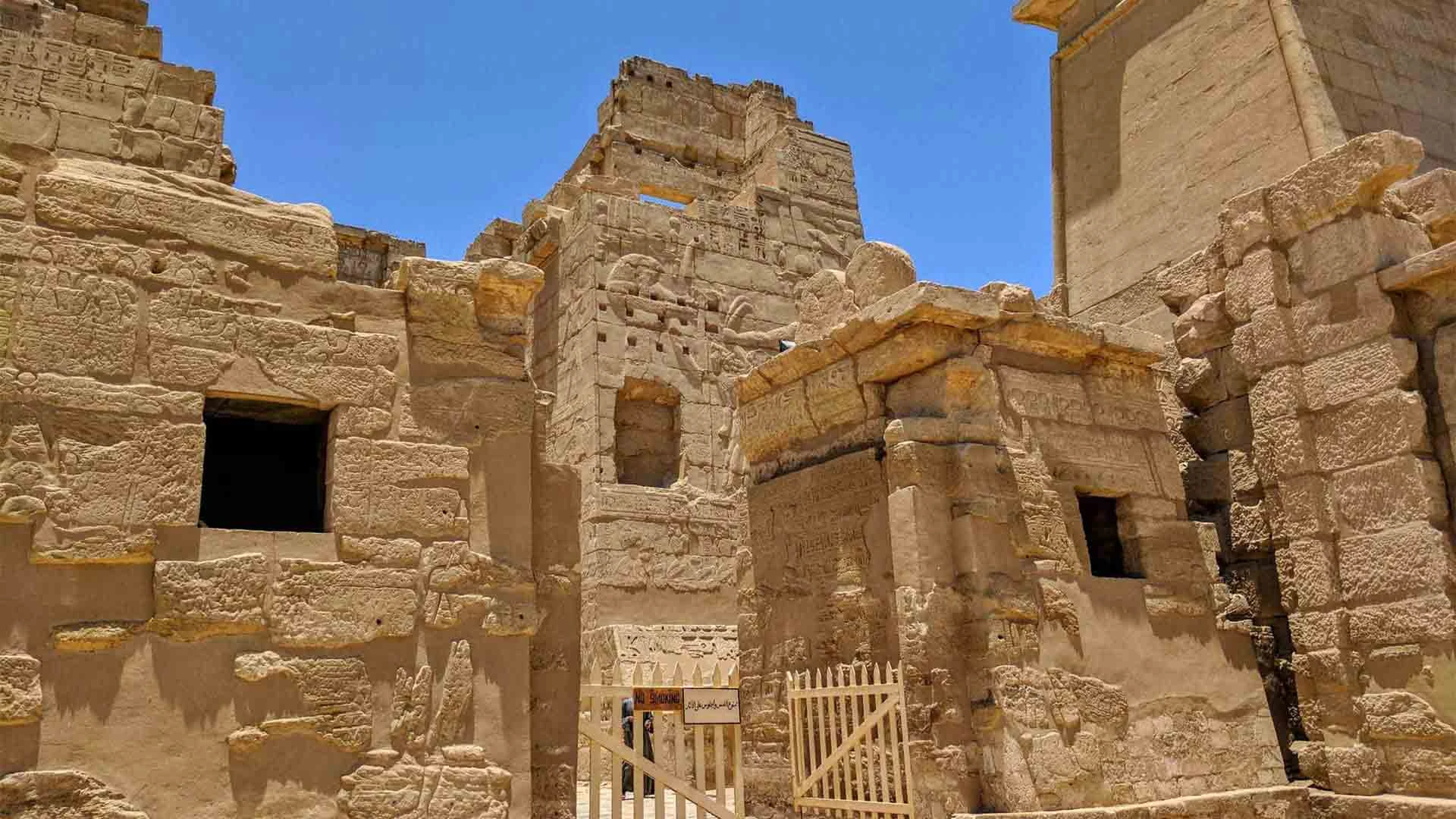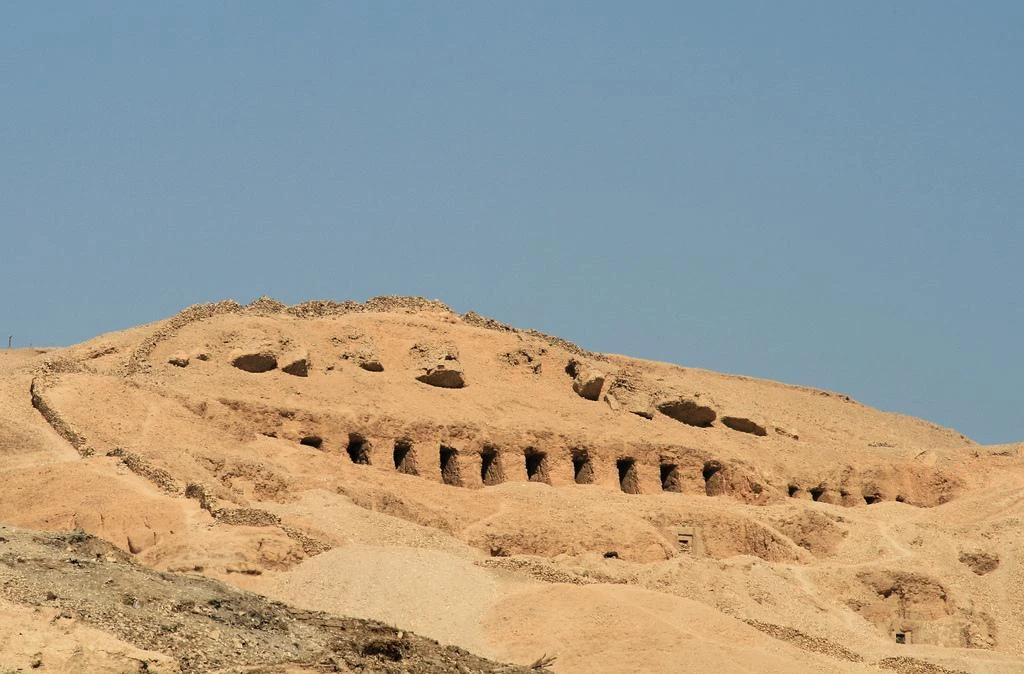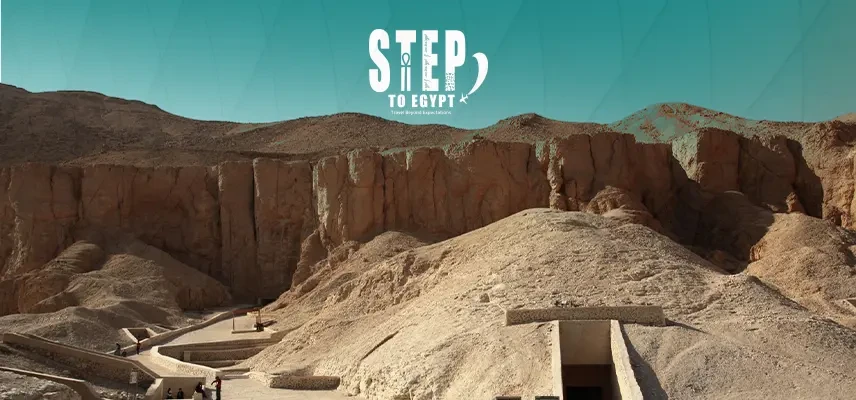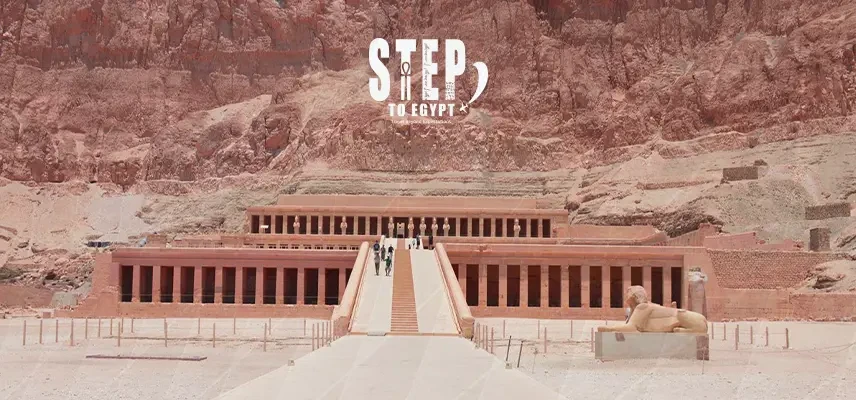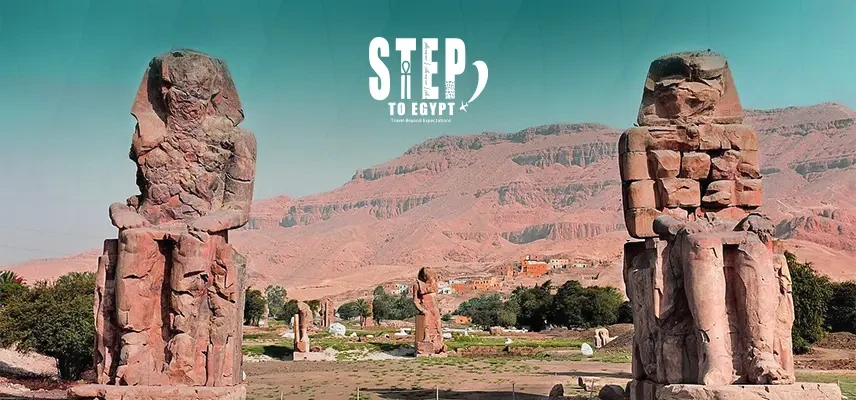Karnak Temple
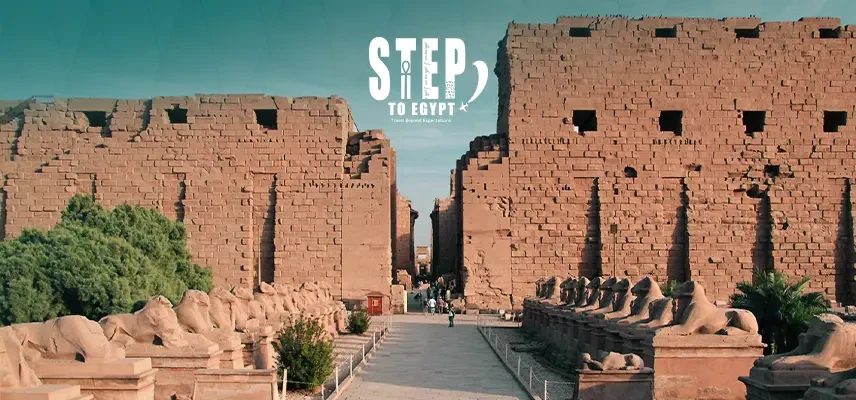
A temple that took more than 2000 years to be built! Karnak Temple construction started in 2055 BC during the Middle Kingdom and continued until around 100 AD. This temple is located in Luxor southern Egypt on the east bank of the Nile River. It sits in a small village called “El Karnak” just 2.5 kilometers north of central Luxor.
Get yourself ready and prepare to be amazed as we talk about Karnak Temple Egypt, one of the largest religious complexes ever built in human history. This article will help you explore Karnak Temple during Egypt tours like a local citizen and provide you with everything you need to know, written for real enthusiasts, so take a deep breath and let’s dive into history.

Where is Karnak Temple Located?
Karnak Temple lies in the city of Luxor in southern Egypt on the east bank of the Nile River. It sits in a small village called “El Karnak”, just 2.5 kilometers north of central Luxor and you can reach the temple of Karnak during Luxor day tours. This site was once part of ancient Thebes, and it holds the title of being the largest religious structure ever built.
Back in the day, it was known as "Ipet-isu," meaning "The Most Selected of Places," and also "Pr-Imn," or "The House of Amun". It has been standing for thousands of years, with construction work continuing from 2055 BC to around 100 AD.
Explore the world of gods and pharaohs on one of our handpicked Dahabiya Nile Cruises to Karnak Temple.

When was Karnak Temple Built?
Karnak Temple took more than 2000 years to be built. And construction started in 2055 BC during the Middle Kingdom and continued until around 100 AD. The temple was made as a spiritual center for the gods Amun, Mut and Khonsu.

What Does the Temple Consist Of?
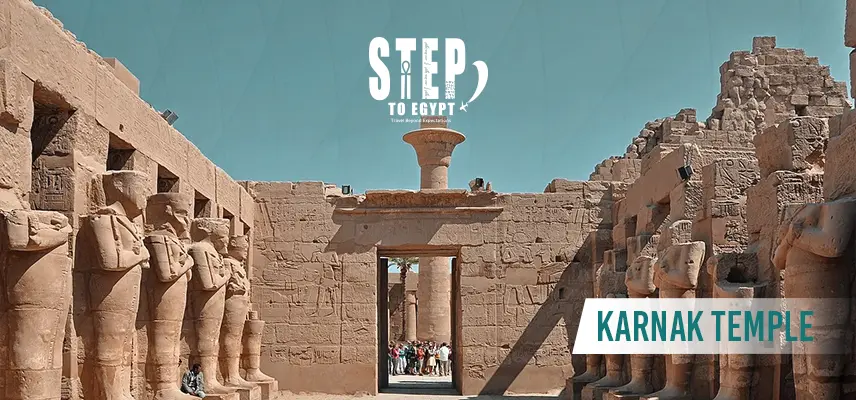
The Temple of Karnak is a huge complex full of temples, shrines, pylons, and open spaces. The central and largest area of the temple is for Amun-Ra… and next to it in the south, you’ll find the section for his wife Mut, while Khonsu’s temple (their son) stands nearby.
Here are some of the key parts:
- Temple of Amun-Ra (main structure)
- Temple of Mut
- Temple of Khonsu
- Temple of Ptah
- Temple of Osiris
- Temple of Monthu
Karnak was built over many dynasties. Rulers from the Old, Middle and New Kingdoms, all the way to the Ptolemaic and Roman periods left their mark in it. That’s why it looks more like a "village of temples" than one single building (which is where the name "Karnak" comes from) meaning fortified village in Arabic. During our Egypt classic tours, you will get more information about the Karnak temple with our tour guides.

Who Were the Gods Amun, Mut, and Khonsu?
- Amun: He is one of ancient Egypt’s top gods. Amun was known as the god of the sun and air and became super important during the rise of the New Kingdom.
- Mut: Her name means “Mother,” and she was often seen as the mother goddess of all life. Mut is Amun’s wife.
- Khonsu: He is their son, and he was the god of the moon, and his name means “Traveler”, symbolizing the moon’s journey across the sky.
All the three together formed what’s known as the Theban Triad.

Why Is the Karnak Temple Important?
Because Karnak was the spiritual and political heart of ancient Egypt especially during the New Kingdom.
It served as:
- A place of worship
- A treasury
- A royal palace
- An administrative hub
Due to its role and size Karnak Temple Egypt is still the largest temple complex ever built and one of the top attractions on most Egypt day tours.

What Is the History of Karnak Temple?
Before Thebes became the capital of ancient Egypt, the site of Karnak held smaller temples for gods like Mut and Montu, which were all destroyed and later rebuilt. When Thebes rose in importance, kings began expanding the temple in honor of God Amun.
Queen Hatshepsut restored and built new monuments, including two massive obelisks (one of which still stands), Merneptah carved his military victories on the temple walls and Nectanebo I built the temple’s huge entrance pylon and its protective walls. At the end, the temple was abandoned when Emperor Constantius II ordered all pagan temples closed in 356 AD.

What Are Karnak’s Pylons?
The pylons at Karnak are the giant gates that divide the temple into sections. And there are 10 in total built by different rulers over centuries. They often show carvings of kings defeating enemies or making offerings to the gods.
- 6 pylons face the Nile (west)
- 4 pylons go south along a ceremonial route
The entrance to the first pylon is guarded by ram-headed sphinxes (20 on each side) which symbolized protection by the god Amun.

What Is the Great Hypostyle Hall?
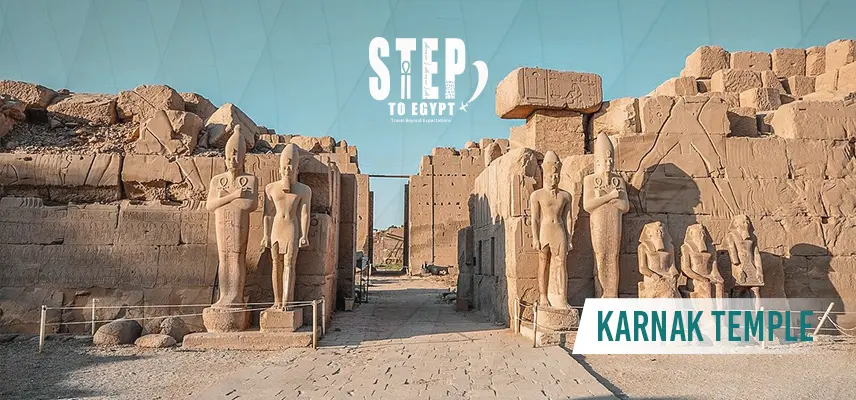
The Great Hypostyle Hall is the most amazing part of Karnak. It was built by Seti I and completed by Ramesses II and it has 134 huge columns with 12 in the center that are taller than a six-story building.
This space was used for royal ceremonies, including coronations. The walls are covered in carved scenes of kings in battle and offering gifts to the gods. It is also where some of the earliest peace treaties were recorded, including the one between Ramesses II and the Hittites.
This is fun to visit during your Egypt family packages.

What Is the Sacred Lake?
The Sacred Lake is located within the Karnak complex and it was planned by Tuthmosis III and used by priests for ritual cleansing and religious ceremonies.
It measures 120 x 77 meters, surrounded by priest quarters and storage rooms and claimed to have held sacred geese of Amun.
Even today, the lake still has water, but it is old (very old) water that is thousands of years old!
Our Egypt classic tours include a stop by this spot.

What Is the Opet Festival in Karnak Temple?
The Opet Festival was one of the biggest festivals in ancient Egypt that was held annually. It celebrated the bond between the pharaoh and the god Amun.
Here’s how it went like:
- First, the statue of Amun was dressed in fine linen and gold
- Then, priests carried it in a shrine along the Avenue of Sphinxes to Luxor Temple
- After that, people gathered to sing, dance, feast, and ask the priests for blessings
This was a time for joy and celebrating the fertility of the land.

What Are the Best Sites to Discover Inside the Karnak Temple?
When in Karnak Temple, you shouldn't miss:
- Precinct of Amun-Re: it is the main sanctuary with towering statues and the tallest surviving obelisk (29 meters).
- Precinct of Montu: which was dedicated to the war god Montu and contains Kushite period decorations.
- Temple of Amenhotep IV: Built to honor the sun god Aten by Akhenaten. Then it was destroyed later.
These spots make Karnak a highlight of many Egypt travel packages.

What is the entrance fee for Karnak Temple?
You may want to know some more information, such as the entrance fee for Karnak Temple.
Karnak Temple Tickets:
Foreign Visitors
- Adult: EGP 600 (around 12 Dollars)
- Student: EGP 300 (around 6 Dollars)
Egyptian/Arab Nationals
- Adult: EGP 40
- Student: EGP 20
Free Entry for children under 6 years, and Egyptians with special needs.
You might also be wondering about the best time to visit Karnak Temple, or tips on how to get there.
Stay tuned for the full visitor guide in our next blog, or check with our Egypt day tours or your Luxor and Aswan Nile cruises itinerary guide.

Interesting Facts About the Karnak Temple
Bring your notebook and a cup of coffee:
- The Great Hypostyle Hall is big enough to fit the Notre Dame Cathedral inside.
- Karnak took over 2000 years to be built involving 30+ pharaohs.
- More than 80,000 workers were once assigned to serve Amun in this place.
- The temple complex spans over 200 acres and that is about the size of 150 football fields.
- It is one of the main stops in many Egypt luxury tours.

Is Karnak Temple Worth Visiting?
If you’ve made it this far, then Karnak Temple isn’t only a place you read about, it seems like you’re really interested in such place and you should see it in real life.
So stop saving it to your Pinterest board! Just book the trip, walk through the same paths as pharaohs and enjoy a trip like no other. Head over to Step To Egypt packages, your IG feed really needs this trip.
About The Author: STE Team

